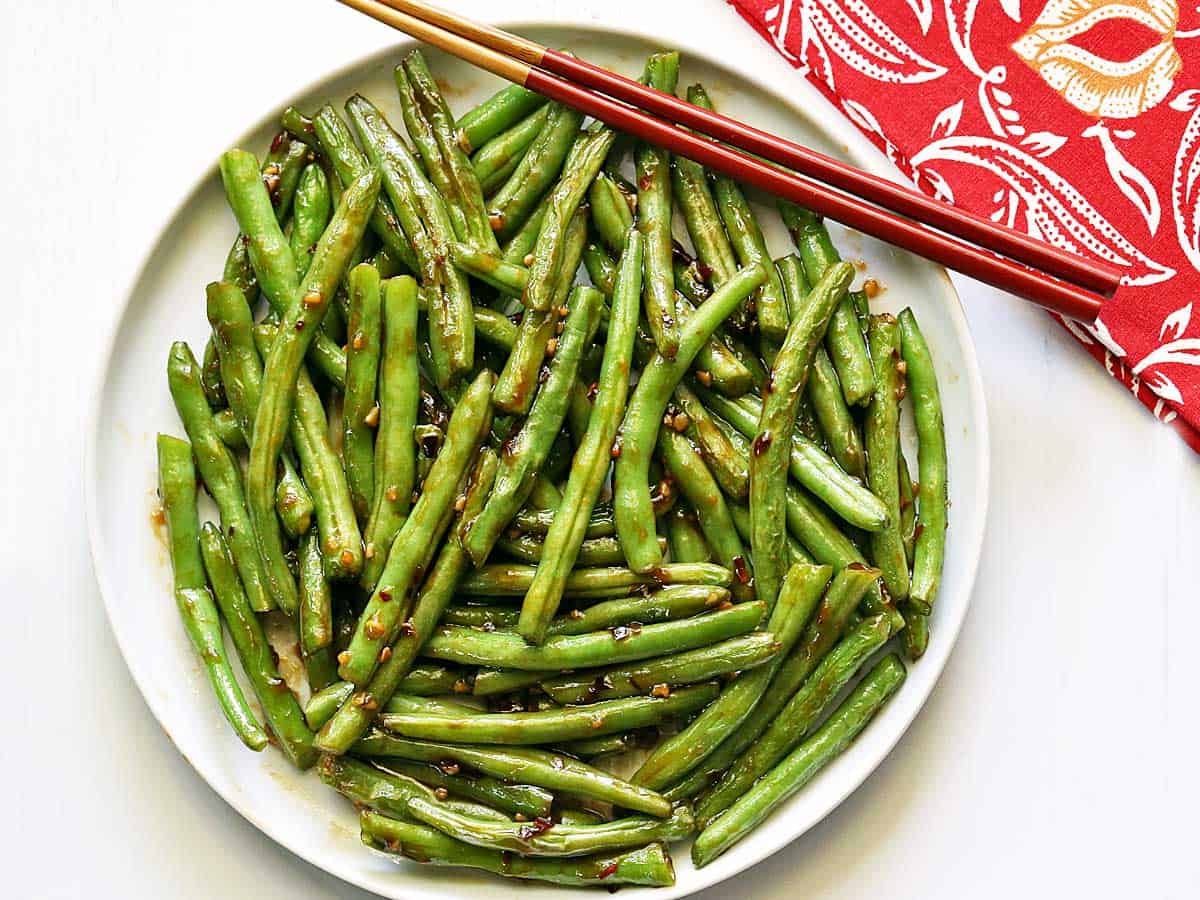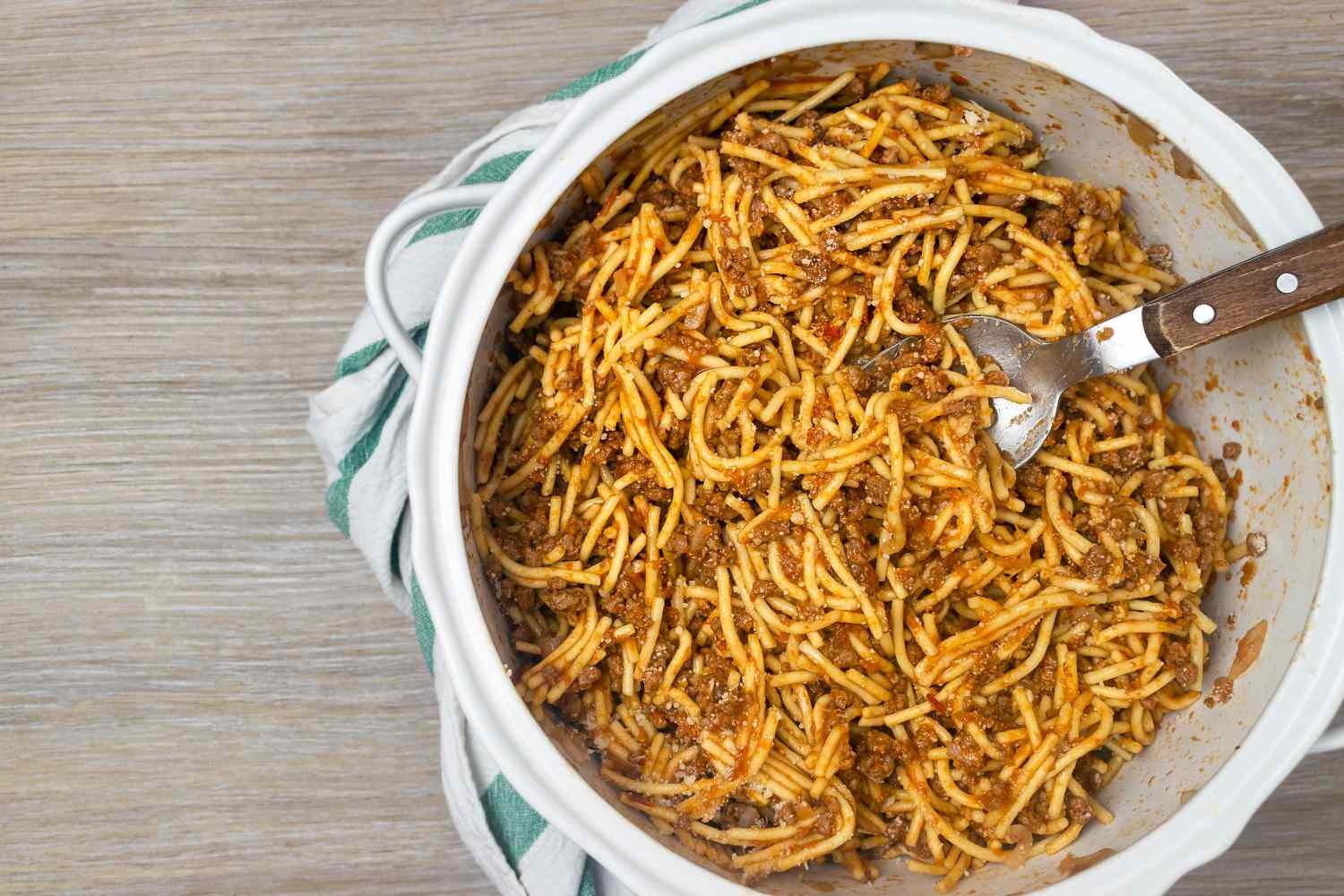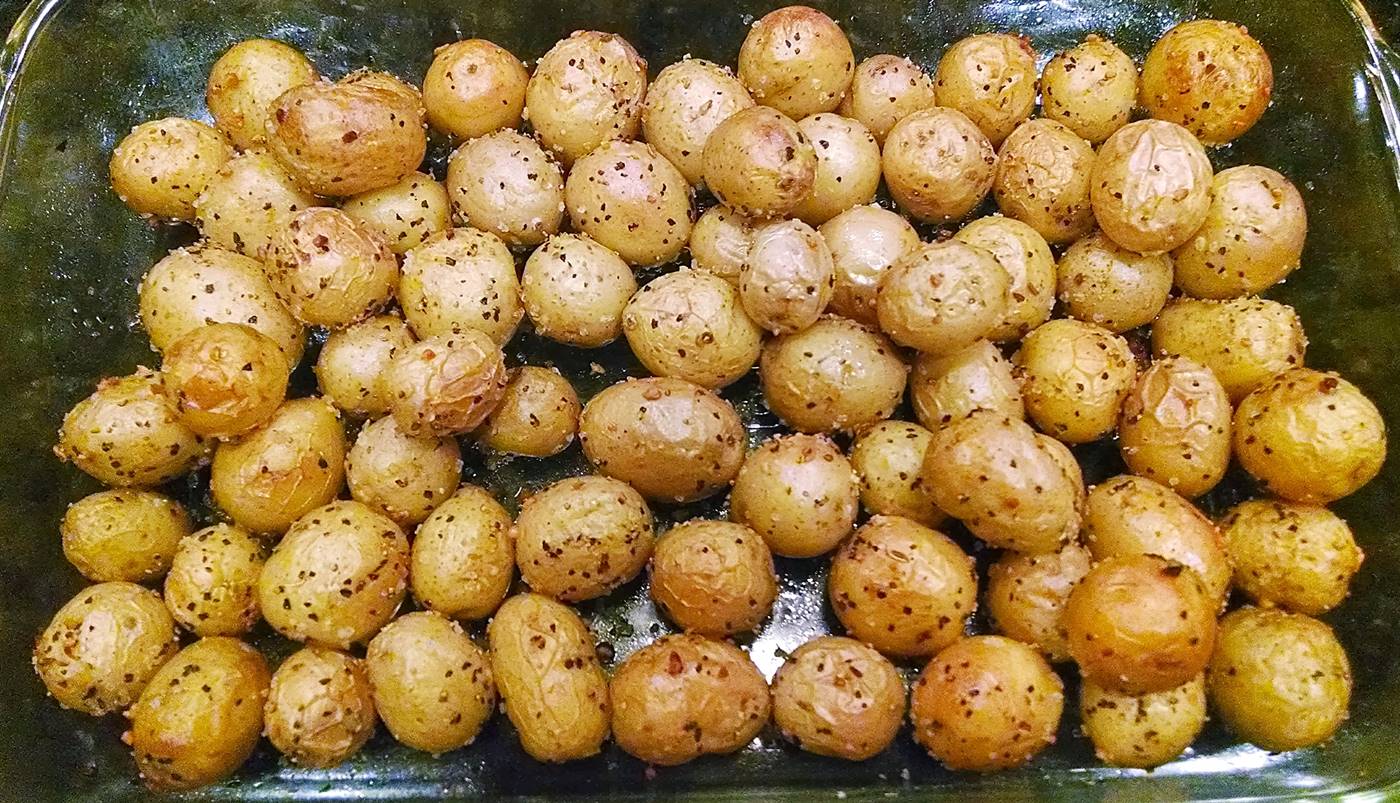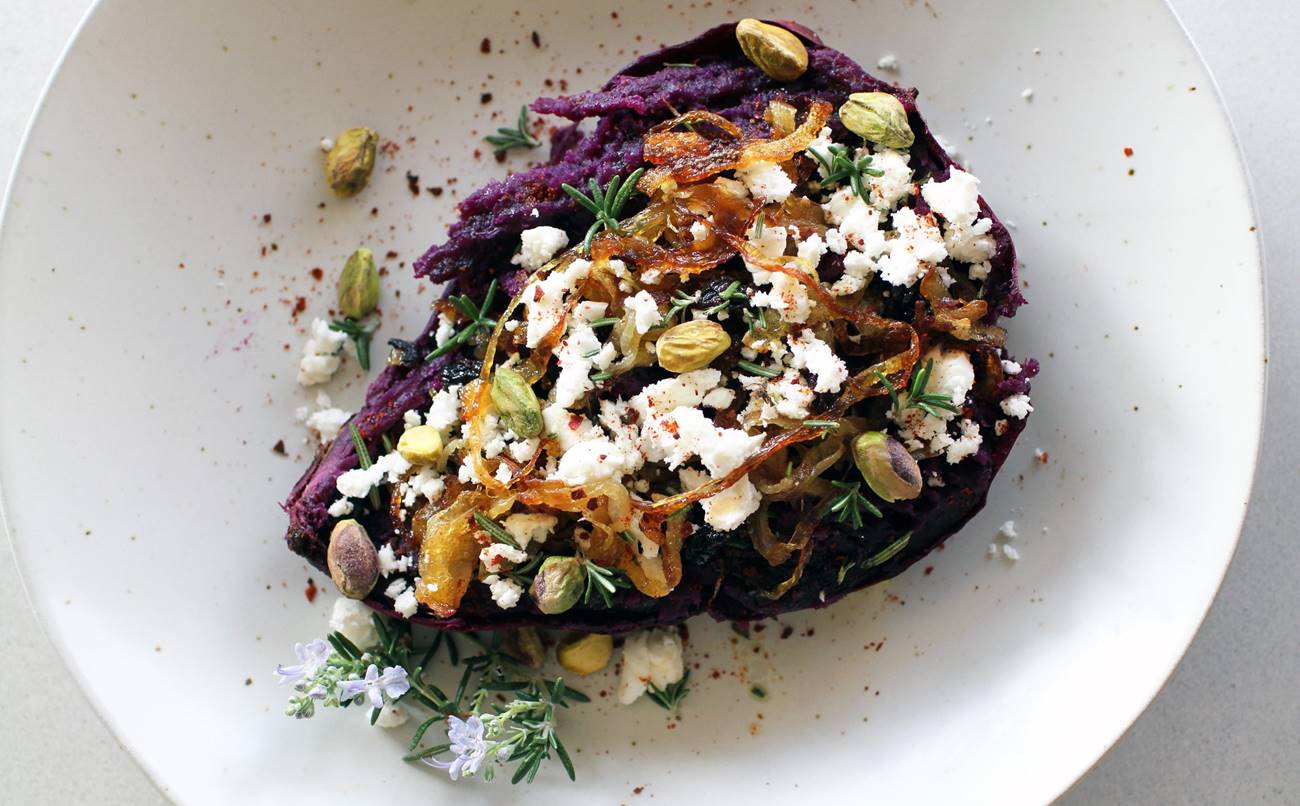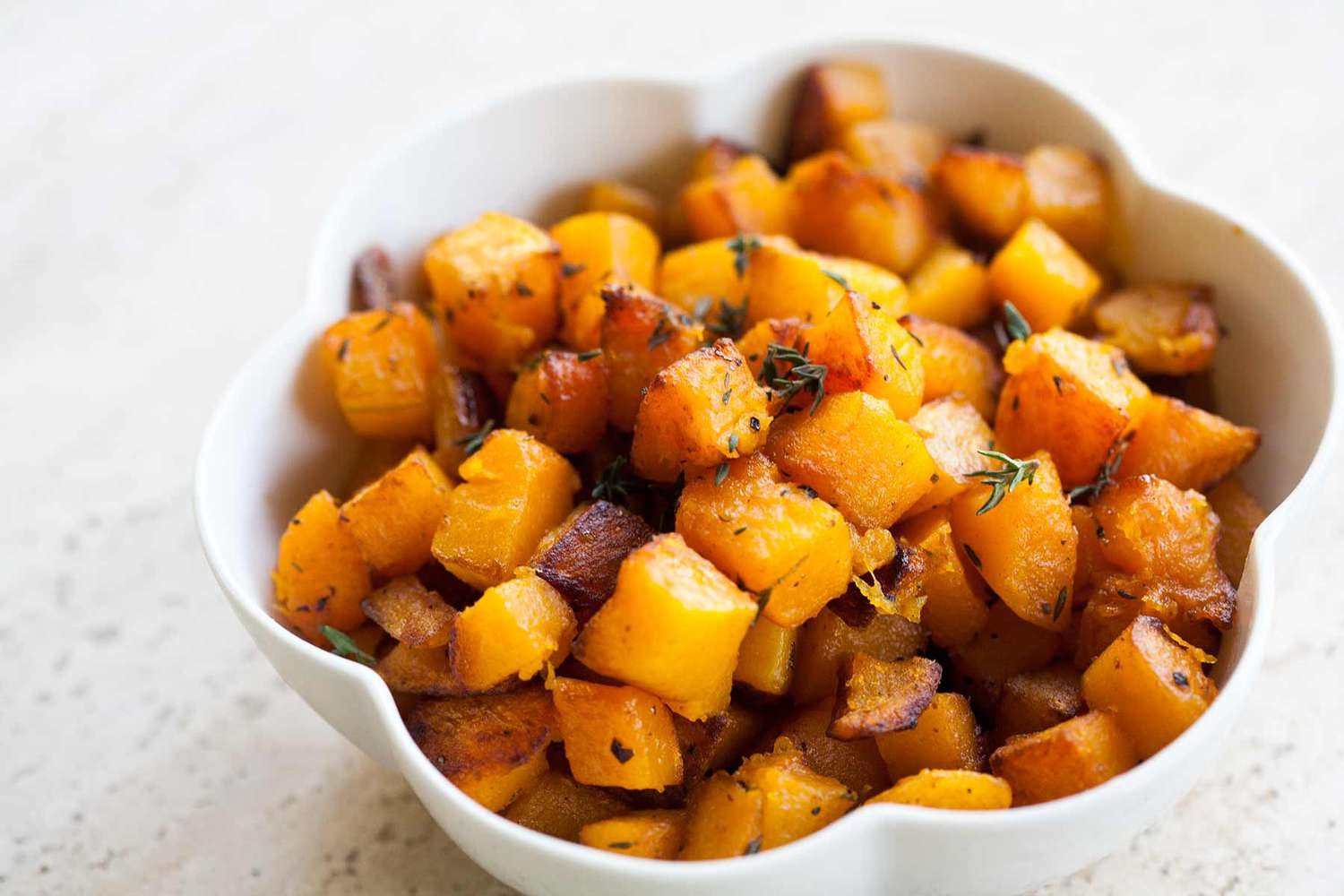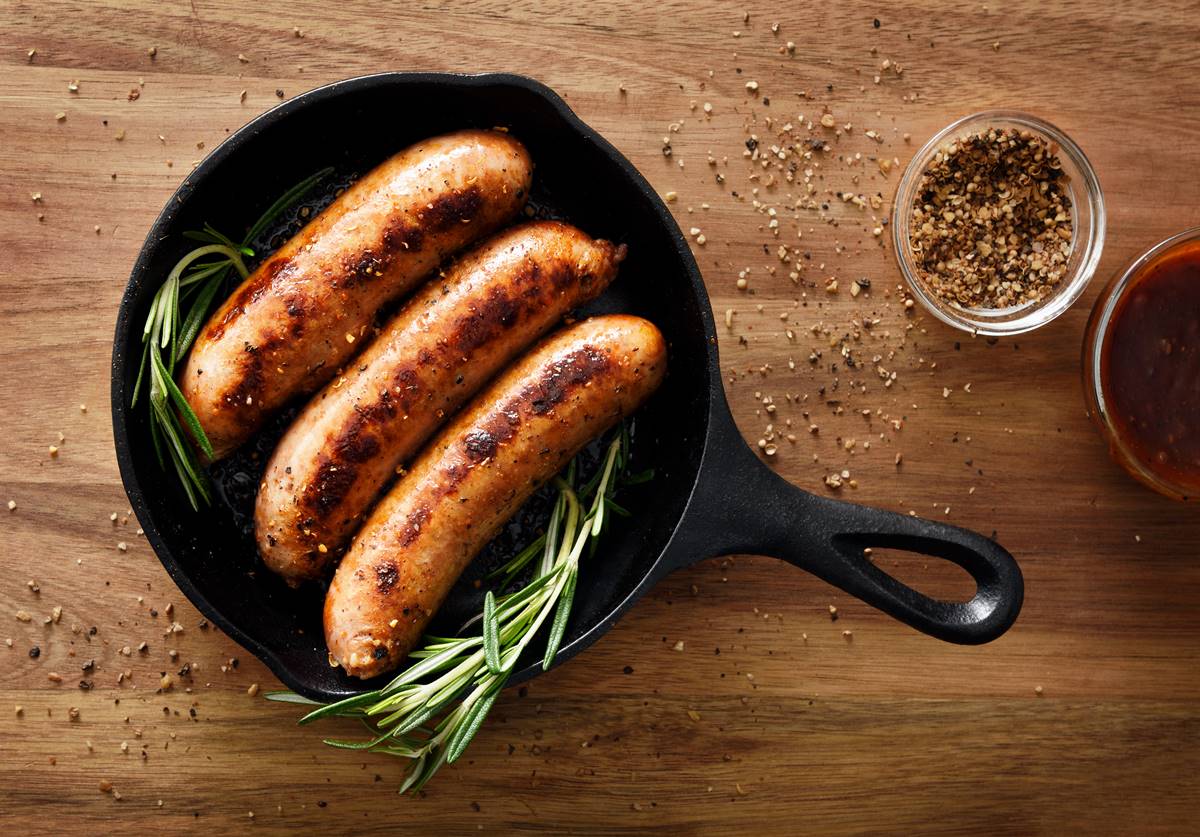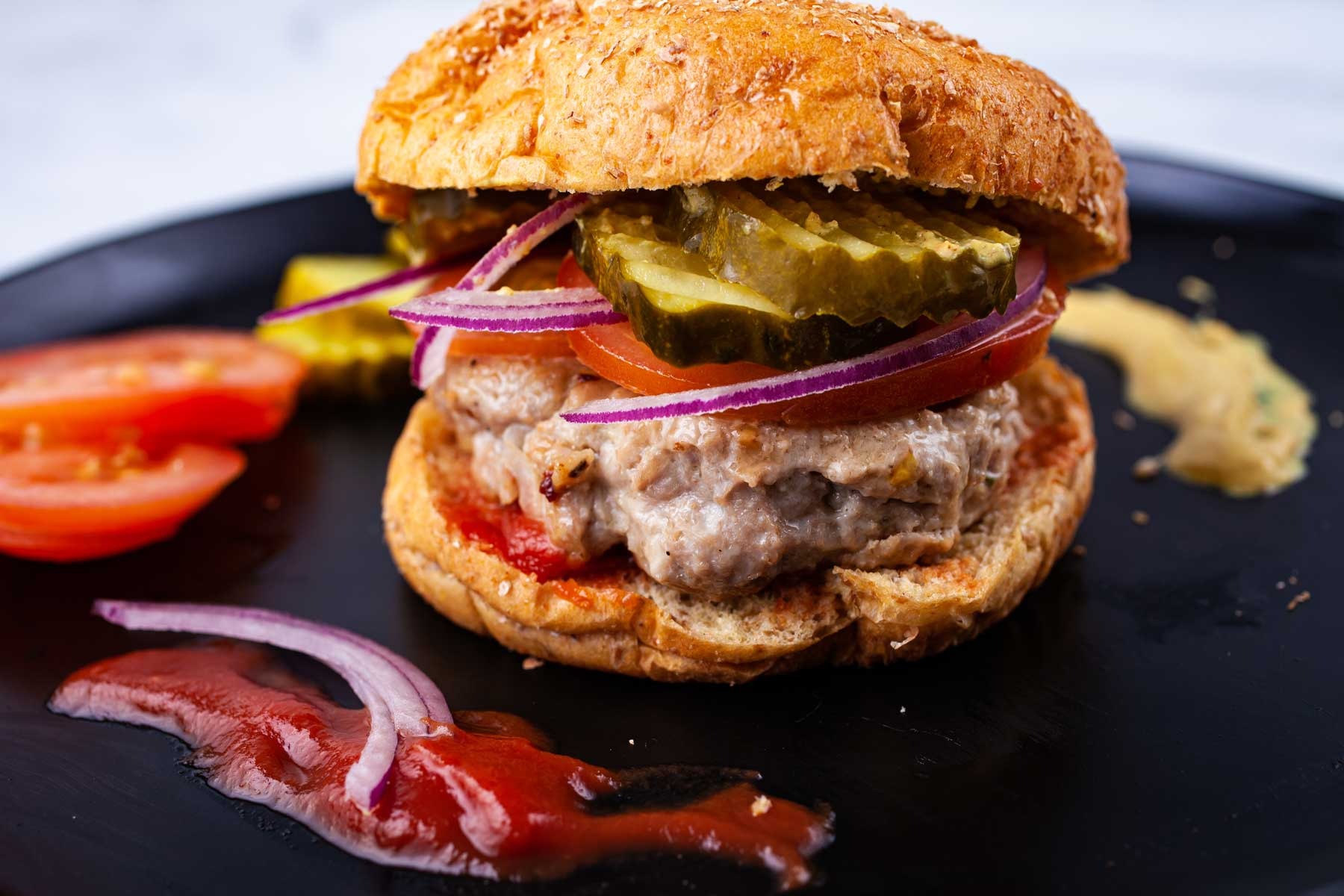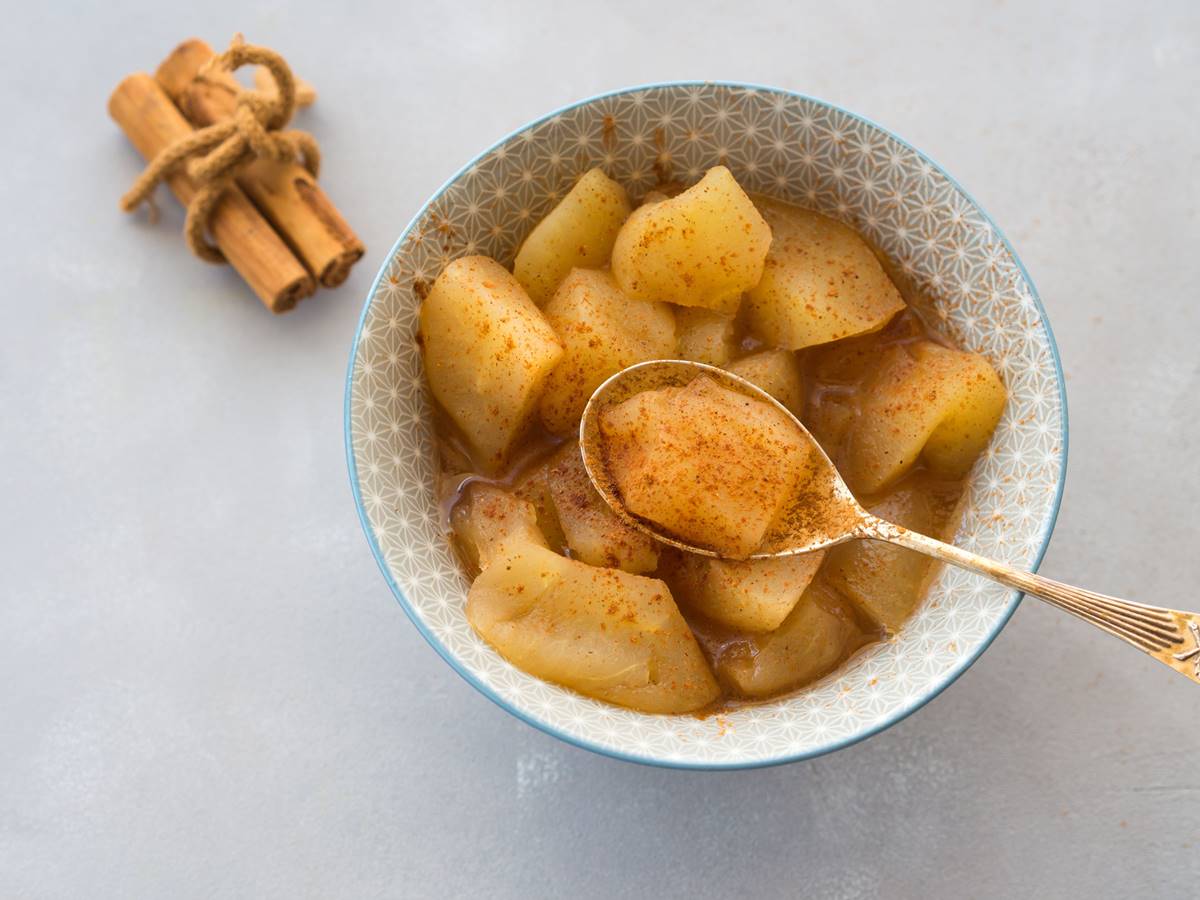Cooking sweet potato noodles transforms this humble root vegetable into a versatile, healthy ingredient for a variety of dishes. Whether you're aiming for a gluten-free pasta alternative or just looking to add more vegetables to your meals, sweet potato noodles are a fantastic choice. Their slightly sweet flavor and firm texture make them an excellent base for both savory and sweet recipes. From stir-fries and salads to soups and casseroles, these noodles can do it all. Let's dive into the simple steps to cook sweet potato noodles, ensuring they turn out perfectly every time.
Gather Your Ingredients for Sweet Potato Noodles
- 2 large sweet potatoes, peeled
- 1 tablespoon olive oil
- Salt, to taste
- Pepper, to taste
- Optional toppings:
- Chopped parsley
- Grated Parmesan cheese
- Toasted sesame seeds
- Chili flakes
Essential Tools for Crafting Sweet Potato Noodles
- Spiralizer or Julienne Peeler: For creating thin, noodle-like strips from sweet potatoes.
- Large Skillet: Preferably non-stick, for sautéing noodles.
- Cutting Board: Essential for prepping ingredients.
- Chef’s Knife: To chop any additional veggies or garnishes.
- Measuring Spoons: For accurately measuring spices and seasonings.
- Tongs: Useful for flipping and tossing noodles while cooking.
- Colander: Handy for rinsing sweet potatoes if needed.
- Mixing Bowl: For tossing noodles with oil and seasonings before cooking.
For perfect sweet potato noodles, spiralize firm sweet potatoes, then sauté in olive oil over medium heat for 5-7 minutes until tender. Season with salt and pepper for added flavor.
The Benefits of Sweet Potato Noodles
Cooking sweet potato noodles offers a nutritious alternative to traditional pasta, packing a punch with vitamins, minerals, and fiber. This method transforms the humble sweet potato into a versatile ingredient, perfect for those seeking a healthier, gluten-free option in their meals.
Spiralizing sweet potatoes into noodles introduces a fun, creative way to incorporate more vegetables into your diet. It's an excellent strategy for parents trying to make dishes more appealing to kids or anyone looking to add a colorful twist to their cooking repertoire.
Your Step-by-Step Guide to Perfect Sweet Potato Noodles
How To Cook Sweet Potato Noodles
-
Selecting Sweet Potatoes: Choose firm and smooth sweet potatoes for noodles. Avoid any with soft spots or blemishes.
-
Preparation: Wash and peel your sweet potatoes thoroughly. Dry them with a clean towel to ensure safety during spiralizing.
-
Spiralizing: Use a spiralizer to turn your sweet potatoes into noodles. For those without a spiralizer, a julienne peeler can work as an alternative, though it requires more effort.
-
Rinsing: Quickly rinse the noodles under cold water to remove any excess starch, which helps in preventing them from sticking together during cooking.
-
Drying: Pat the noodles dry with paper towels. Removing moisture is crucial for achieving a desirable texture when cooked.
-
Cooking Method 1 – Boiling:
- Fill a large pot with water and bring it to a boil.
- Add a pinch of salt to the water.
- Carefully place the sweet potato noodles into the boiling water.
- Cook for about 3-5 minutes, or until they are tender but still hold their shape.
- Drain the noodles and rinse under cold water to stop the cooking process.
-
Cooking Method 2 – Sautéing:
- Heat a large skillet over medium heat and add a tablespoon of olive oil or coconut oil.
- Add the sweet potato noodles to the skillet.
- Sauté for about 5-7 minutes, stirring frequently, until noodles are soft and slightly golden.
- Season with salt and pepper to taste.
-
Cooking Method 3 – Baking:
- Preheat your oven to 400°F (200°C).
- Toss the noodles with a bit of oil and spread them out on a baking sheet lined with parchment paper.
- Bake for about 10-15 minutes, turning halfway through, until edges are crispy and noodles are cooked through.
-
Seasoning and Serving: Once cooked, season your sweet potato noodles with your favorite herbs and spices. They pair well with garlic, rosemary, or a dash of cinnamon for a sweeter version. Serve as a base for pasta sauces, in salads, or as a healthy side dish.
-
Storing Leftovers: Cool any leftovers before transferring them to an airtight container. Store in the refrigerator for up to 3 days. Reheat gently in a skillet or microwave when ready to serve again.
Mastering Sweet Potato Noodles
Cooking sweet potato noodles is a breeze once you get the hang of it. Remember, choosing the right sweet potatoes makes all the difference. Go for ones that are firm and free of blemishes. When it comes to cooking, keep an eye on the texture. You're aiming for noodles that are tender yet hold their shape, offering a delightful bite. Don't forget to experiment with flavors. Sweet potato noodles are incredibly versatile, pairing well with a variety of sauces and toppings. Whether you're tossing them in a savory Asian-inspired sauce or a simple garlic and herb mix, they're sure to impress. With these tips, you're well on your way to adding a nutritious and colorful twist to your meals. Happy cooking!
More Delicious Recipes Featuring Sweet Potato Noodles
After mastering the art of preparing sweet potato noodles, the culinary adventures you can embark on are endless. For those eager to experiment with these versatile noodles, a variety of recipes await your kitchen prowess. Consider starting with the korean japchae sweet potato noodles stir fry, a classic dish that highlights the noodle's ability to absorb flavors. Alternatively, the sweet potato noodle pad thai offers a delightful twist on a traditional Thai favorite, perfect for those craving a fusion of sweet and savory. For a comforting meal, the thai sweet potato noodle soup is highly recommended, providing a soothing blend of spices and warmth. Each recipe is designed to enhance your cooking skills and introduce you to new, exciting flavors, making use of your newfound sweet potato noodle expertise.
All Your Questions About Sweet Potato Noodles Answered
How do I make sweet potato noodles?
Making sweet potato noodles is simpler than you might think. First, grab a spiralizer and choose a firm, medium-sized sweet potato. Peel its skin off, then twist it in the spiralizer to create noodles. If you don't have a spiralizer, a vegetable peeler can work in a pinch for wider, fettuccine-like noodles.
What's the best way to cook sweet potato noodles?
For perfectly cooked sweet potato noodles, sautéing is your best bet. Heat some olive oil in a large pan over medium heat. Toss your noodles in, stirring frequently for about 5-7 minutes. You're aiming for a tender but slightly crisp texture. Feel free to season with salt, pepper, and any other spices you love.
Can I cook sweet potato noodles in advance?
Absolutely, prepping sweet potato noodles ahead of time is a smart move. Cook them as you normally would, let them cool, and then store them in an airtight container in the fridge. They'll stay fresh for up to five days. When you're ready to eat, just reheat them quickly in a pan.
Are sweet potato noodles healthy?
Sweet potato noodles are a fantastic health-conscious choice. They're packed with vitamins, minerals, and fiber, making them a nutritious alternative to traditional pasta. Plus, they're naturally gluten-free, which is great for those with dietary restrictions.
What dishes pair well with sweet potato noodles?
These noodles are incredibly versatile. They pair wonderfully with a variety of sauces, from a creamy Alfredo to a zesty pesto. For a heartier meal, top them with sautéed veggies, grilled chicken, or shrimp. They're also delicious in stir-fries or as a base for a veggie-packed bowl.
How can I keep sweet potato noodles from getting soggy?
To avoid soggy noodles, don't overcook them. Keep an eye on the pan, and test them frequently as they cook to ensure they maintain a bit of bite. Also, avoid covering them after cooking, as the steam can continue to soften them.
Can I freeze sweet potato noodles?
Freezing sweet potato noodles is possible, but their texture might change slightly upon thawing. For best results, blanch the noodles for a couple of minutes before freezing. This process helps preserve their texture. Store them in a freezer-safe bag for up to three months. When ready to use, cook them directly from frozen, adding a few extra minutes to the cooking time.
Was this page helpful?
Read Next: How To Cook Ground Beef For Spaghetti
